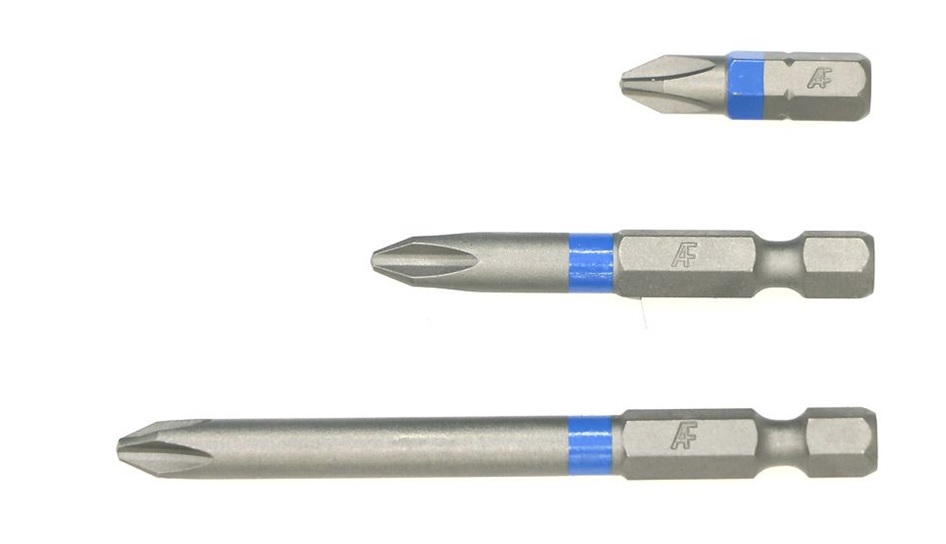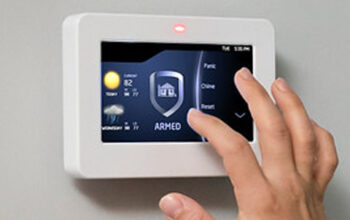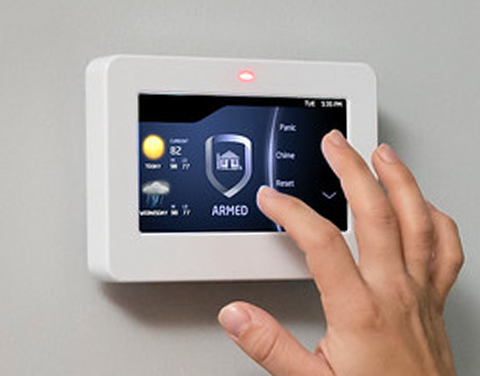Introduction
Are you an avid handyman continually trying to understand the world of drivers and bits? Or perhaps, an enthusiast beginning to dabble in the world of home improvements? Whichever hat you wear, the subject of Phillips Driver Bits is one that certainly pops up quite often. Why are there so many different types of driving bits? Why is understanding the difference between them so significant? In this comprehensive guide, we will dive deep into one of the most commonly used driver bits. Together, we’ll explore, understand, and compare different types of Phillips Driver Bits.
This guide will help inform you of what Phillips Driver Bits are, why the bits are so popular, which type of bit to use in what situation, and what are the aspects that should be paid attention to when selecting one for your tool box. The goal we have in mind is to make the DIY enthusiast and home improver an informed consumer. After reading this guide, you will be able to tell your Philips Driver Bits from your phonograph coups and successfully complete any home improvement project!
What are Phillips Driver Bits and Why are they Popular?
Phillips Driver Bits, which were developed by Henry F Phillips, can actually be said to be the most widely used driver bits at present time in hardware shops. This geometry as we can see provides a cross like contact between the driver and the screw that helps to provide a strong grip in conditions where high torque is required.
Besides their robust and practical design, Phillips Driver Bits come in a variety of sizes, offering a great deal of flexibility for various tasks. The standardized sizing system allows for easy identification and selection, adding to their popularity.
Moreover, the unique design of the Phillips Driver Bits allows the driver to cam out when it reaches maximum torque. This feature, although initially thought of as a flaw, is now appreciated as it prevents over-tightening and potential damage to the screw or surface.
Phillips Driver Bits: Different Sizes for Different Applications
Phillips Driver Bits have four standard sizes: #0, #1, #2, and #3. The #0 size, the smallest of the bunch, is fantastic for intricate, small-scale jobs, making it an essential tool in electronics and craftwork.
The #1 size bit is handy for light, general tasks around the house. Moving up the scale, #2 is the most commonly used size. It’s ideal for construction work or heavy-duty tasks. This size is well-equipped for handling the torque required without slipping, ensuring accuracy and efficiency.
There is also a larger size of the #3, which is recommended for actual construction work through the driving of large, long screws into such materials as wood and metal. The fact is that knowing the size specifications of the tool and the nature of the work, you can select the appropriate tool.
Not All Phillips Driver Bits Are Created Equal
While all Phillips driver bits sport an iconic “cross-headed” design, not all are created the same. It is often encountered that Phillips Driver bits is available in different material including carbon steel, high-speed steel (HSS) and cobalt steel.
Bowerman also revealed that carbon steel is cheaper than any other type but you cannot use it for a heavy job because does not have high resistance. High-Speed Steel bits, however, falls somewhere in between in terms of longevity and the price. They heat-resistant, and also retains their sharpness; such characteristics make them popular.
For heavy-duty or professional use, you might want to consider Phillips Driver Bits made from Cobalt. Cobalt bits are known for their superior durability and heat resistance.
Pros and Cons of Phillips Driver Bits
Like any tool, Phillips Driver Bits come with their array of advantages, as well as limitations. The biggest advantage, no doubt, is their self-centering feature. This reduces chances of slippage, making them ideal for detailed applications.
Their compatibility with high torques and flexibility across a range of tasks makes them a favorite among handymen. However, there are also some negatives associate with each of them. The

feature of cam-out, which design aims to prevent over-tightening, can become the screw stripping reason in case it is used.
Handling Phillips Driver Bits: Tips and Tricks
Handling these bits requires a level of finesse: apply enough pressure to avoid cam-out but not too much to cause overtightening. Regularly checking the bit condition is also crucial. Using a worn-out bit is a common cause of stripped screws.
Also, using a bit that fits the screw perfectly is elementary. Loose fit might boss around the corners of the bit, causing cam-out. Remember, patience is the key — rushing the screwing process often leads to slippage and potential damages.
Conclusion
Conclusively, this deep dive into the intricacies of Phillips Driver Bits has arched various aspects — from understanding its different sizes, material differences, to their pros and cons. Although choosing the right Phillips Driver Bit might seem like a trivial task, it can have a substantial impact on your efficiency and productivity.
Whether you choose a carbon steel bit for its affordability or a cobalt one for heavy-duty work, understanding their characteristics is crucial in making an informed decision. So next time you are partaking in a home improvement task, refer back to this guide. With practical knowledge in your tool belt, you can execute your tasks more efficiently and safely. Armed with a well-chosen Phillips Driver Bit, let’s make home improvements less daunting and more exciting.











